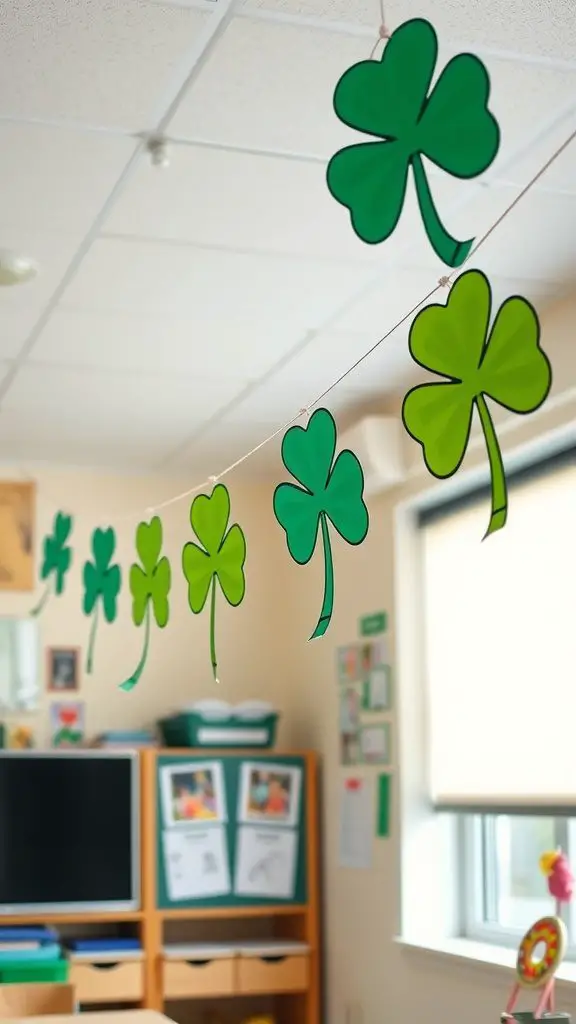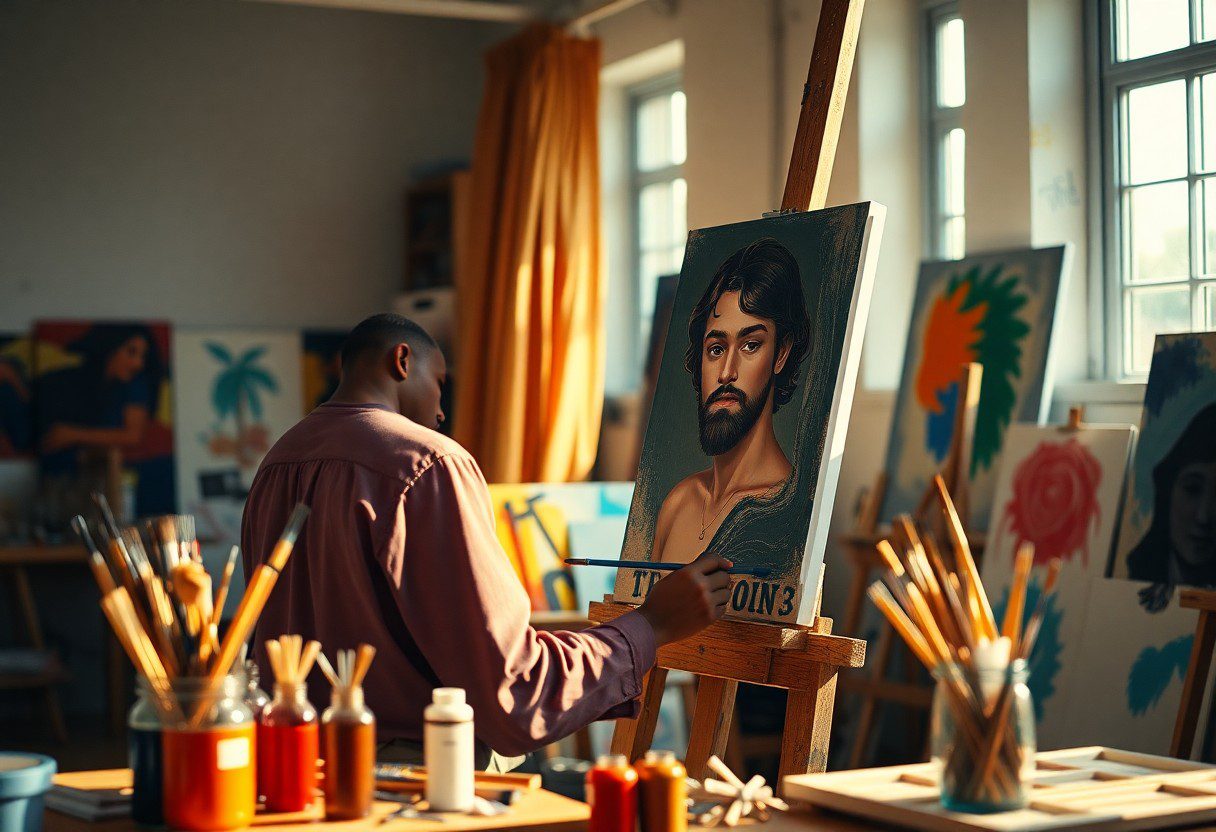With an appreciation for the intricacies of portrait painting, you can unlock the transformative journey that artists undertake to capture the essence of their subjects. This blog post will guide you through the various stages and techniques involved in the creative process, shedding light on the decisions artists make along the way. From initial sketches to the final brushstrokes, you will gain insight into how emotions, colors, and textures combine to create compelling portraits that resonate deeply with viewers.
The Foundations of Portrait Painting
The foundations of portrait painting lie in understanding the crucial components that contribute to a successful and compelling representation of the human form. You will explore the significance of anatomical knowledge, the use of light and shadow, and the emotional connection that can elevate a portrait beyond mere likeness. By grasping these basic principles, you will build your skills and confidence as you begin on your artistic journey.
Historical Context
Foundations of portrait painting can be traced back to ancient civilizations where capturing the likeness of individuals served both aesthetic and practical purposes. Over centuries, artists have adapted and evolved styles, reflecting societal changes and advancements in techniques. Understanding the rich history of portrait painting allows you to appreciate the diverse influences that shape contemporary practices.
Key Techniques
Below are crucial techniques that you can incorporate into your portrait painting practice. Mastery of proportion, value, and color theory plays a significant role in creating harmonious and lifelike representations. Learning to observe the nuances of light and expression will enable you to infuse your artwork with depth and character, ultimately delivering a more engaging portrait.
And as you explore into these key techniques, you will find that practicing brushwork, understanding texture, and employing effective layering can greatly enhance your results. You should focus on the relationship between dimensionality and facial features, which will guide your hand in capturing the unique essence of each subject. Moreover, regularly studying the works of established artists can provide insights and inspiration to refine your approach and enrich your artistic repertoire.
The Role of Inspiration in Creativity
One of the key elements that drive your artistic expression is inspiration. It serves as the catalyst that ignites your creative process, pushing you to explore and convey emotions through your portrait paintings. Understanding how to tap into your sources of inspiration can enhance not only your artistic skills but also the depth of your work, allowing you to connect with your audience on a profound level.
Sources of Inspiration
Along your journey as a painter, you will discover a variety of sources that fuel your creativity. These can range from nature and personal experiences to literature and societal issues. Each of these elements can provide a unique perspective that influences your artwork, helping you to portray the subjects with authenticity and depth.
Emotional Connection to the Subject
Behind every compelling portrait lies an emotional connection to the subject. As an artist, your ability to empathize with and understand the emotions of your subject plays a significant role in the portrayal. This connection not only brings your subject to life on canvas but allows your audience to relate and engage with your artwork on a deeper, more personal level.
Further, establishing an emotional connection often requires introspection and a willingness to explore your own feelings. You might find that identifying shared experiences or universal emotions helps to inform your portrayal, making your work resonate with viewers. This deeper understanding transforms your canvas into a narrative, inviting others into the story behind the image and enhancing the impact of your portrait painting.
The Creative Process: Step-by-Step
Now, you can explore the stages of the creative process in portrait painting. Each phase is important in transforming your idea into a stunning work of art. By breaking it down into manageable steps, you ensure a structured approach to your painting journey.
| Phase | Description |
|---|---|
| Conceptualization | This phase involves brainstorming and gathering inspiration for your portrait painting. |
| Execution | Here, you translate your ideas onto canvas, applying techniques and skills you’ve honed. |
Conceptualization
Conceptualization is the groundwork of your portrait painting. You begin by collecting ideas, references, and emotions that resonate with you. This phase is about translating your thoughts into a cohesive vision, setting the foundation for the artwork you’ll create.
Execution
Below, you begin the process of bringing your vision to life on canvas. This stage requires a blend of technique, creativity, and patience as you apply paint, layer by layer, to transform your conceptual ideas into a tangible piece.
Understanding the execution phase is fundamental for achieving a successful painting. It includes various techniques such as sketching outlines, mixing colors, and shading to create depth and realism. As you work through this stage, focus on your brushstrokes and layering processes, allowing the paint to guide your hand and breathe life into your portrait.
Tools and Materials for Portrait Painting
Unlike many other art forms, portrait painting requires a specific set of tools and materials to capture the essence of your subject. From brushes and canvases to paints and palettes, each item plays an crucial role in achieving a lifelike representation. Understanding these tools can enhance your creative process and improve the quality of your artwork. You’ll discover that choosing the right materials not only influences your technique but also impacts the final outcome of your portrait.
Traditional Mediums
One of the most respected approaches in portrait painting involves traditional mediums such as oil paints, acrylics, and pastels. These materials have stood the test of time, allowing artists like you to explore rich textures and vibrant colors that bring portraits to life. Their versatility can lead to varying finishes, from matte to glossy, depending on how you manipulate them. By familiarizing yourself with these mediums, you’ll wield greater control over your artistic expression.
Modern Innovations
One exciting aspect of portrait painting is the introduction of modern innovations that expand your creative toolkit. Digital mediums, mixed media, and innovative painting techniques allow you to explore new styles and approaches without the limitations of traditional methods.
And as technology advances, you find even more options at your fingertips. Digital painting software enables you to recreate traditional styles while benefiting from the flexibility of undoing mistakes and experimenting with layers. Mixed media can add depth and texture to your portraits, allowing for unique combinations of materials that infuse your work with originality. Embracing these modern innovations can not only streamline your process but also inspire you to push the boundaries of your artistic vision.
Overcoming Challenges in Portrait Painting
Despite the beauty and satisfaction that portrait painting can bring, artists often face a range of challenges that can hinder their progress. From capturing likenesses to achieving realistic expressions, these obstacles may seem daunting. However, acknowledging and addressing these difficulties is key to enhancing your skills and enjoying the creative process of painting portraits.
Common Obstacles
Obstacles in portrait painting can include difficulties with proportions, color matching, and the complex interplay of light and shadow. Additionally, you might struggle with conveying emotion or capturing the essence of your subject. Each of these challenges can make it feel overwhelming, but recognizing them is the first step toward improvement.
Strategies for Improvement
Challenges in your portrait painting can be effectively tackled with dedicated strategies. This might include practicing with reference photos, studying anatomical features, and experimenting with different mediums. Engaging in regular critiques, attending workshops, or even simply painting more frequently can also significantly enhance your techniques.
Overcoming these challenges involves both patience and practice. Dedicating time to study other artists’ work will help you understand various styles and approaches, providing inspiration for your own creations. You can also set specific goals for each session, such as focusing on a particular aspect of the portrait, like eyes or expressions. Creating a supportive environment, where you seek feedback and encouragement, will further propel you toward mastery in portrait painting.
The Importance of Critique and Feedback
Once again, you will find that critique and feedback are crucial components in your artistic journey. Engaging with peers or mentors can provide you with fresh perspectives on your work, helping you identify areas of strength and opportunities for improvement. Constructive criticism can serve as a catalyst for your growth, pushing you to refine your techniques and enhance your artistic voice. By embracing feedback, you can navigate your creative process more effectively and make informed decisions about your paintings.
Finding a Mentor
Across your artistic journey, finding a mentor can significantly enhance your development. A mentor not only offers guidance but also shares invaluable insights based on their own experiences. They can help you navigate challenges and provide constructive feedback tailored to your personal style. Building a relationship with a mentor fosters a supportive environment where you can freely explore your artistic capabilities and grow into a more confident painter.
Self-Assessment
Among the most important skills to develop is the ability to self-assess your work. Learning to evaluate your paintings with an objective eye allows you to identify your growth areas and recognize your strengths. This practice will help you become more attuned to your artistic journey and enable you to track your progress over time.
To enhance your self-assessment skills, start by documenting your work regularly. Keep a journal where you can write down your thoughts and feelings about each piece, noting what you like and what you believe needs improvement. Create a checklist of artistic elements, such as composition, color harmony, and technique, to guide your evaluations. Over time, this reflective practice will sharpen your artistic instincts and empower you to make informed choices in your painting process. Embrace this journey of self-discovery, as it ultimately contributes to your development as a portrait artist.
Conclusion
Now that you have examined into the creative process of portrait painting, you can appreciate the intricate layers that contribute to a compelling artwork. By understanding the various stages—from conceptualization to execution—you empower yourself to enhance your skills and approach each piece with confidence. Embrace your artistic journey, nurture your unique style, and let your passion for portrait painting shine through in every brushstroke.
FAQ
Q: What is the creative process in portrait painting?
A: The creative process in portrait painting involves a series of steps that artists typically follow to transform their ideas into a finished artwork. This includes initial brainstorming and concept development, research on the subject’s characteristics, sketching the layout, selecting a color palette, and finally, the execution of the painting itself. Artists often go through revisions and adjustments during this process to capture the essence of the subject accurately.
Q: How do artists choose their subjects for portrait painting?
A: Artists often choose their subjects based on personal connections, interests, or specific themes they wish to explore in their work. Some may focus on family members, friends, or influential figures, while others might depict historical or fictional characters. The choice is influenced by the artist’s emotional connection to the subject and their intention in conveying a particular narrative or emotion through the portrait.
Q: What techniques are commonly used in portrait painting?
A: Portrait artists use a variety of techniques to achieve lifelike representations. These techniques include the use of underpainting to establish tones, glazing to build depth in color, and layering for textural effects. Additionally, artists may utilize dry brushing for fine details and blending to create smooth transitions between light and shadow. Mastery of these techniques allows the artist to convey personality and mood effectively.
Q: What role does color play in portrait painting?
A: Color plays a significant role in portrait painting as it influences the viewer’s perception and emotional response. Artists select colors that reflect the personality and mood of the subject, using warm tones to evoke energy and cool tones for calmness. The choice of color can also highlight certain features or convey symbolism, enhancing the storytelling aspect of the portrait.
Q: How can aspiring artists improve their portrait painting skills?
A: Aspiring artists can enhance their portrait painting skills through consistent practice and study. Engaging in life drawing sessions, analyzing works by master portraitists, and experimenting with different styles and techniques are excellent ways to improve. Joining workshops or online courses focused on portrait painting can also provide valuable feedback and guidance from instructors and peers.




